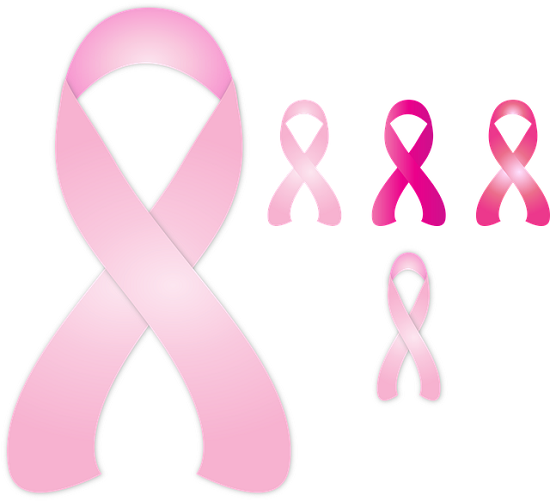Fibrocystic breast disease, also known as fibrocystic breast changes or benign breast disease, is a common condition characterized by the presence of noncancerous lumps, cysts, and pain in the breasts. While the condition is not harmful or life-threatening, it can cause discomfort and concern for many women. At Pure Wellness Whisper, your well-being is our concern, In this article, we will explore the symptoms, causes, and management of benign breast changes, as well as provide self-care tips and when to seek medical attention.
What is Fibrocystic Breast Disease?
Fibrocystic breast disease is a condition that affects the breast tissue, causing it to feel lumpy or rope-like. It is a benign (noncancerous) condition and is not associated with an increased risk of breast cancer. Fibrocystic breast changes can occur in one or both breasts and often fluctuate in severity over time. While the exact cause of benign breast changes is not known, hormonal fluctuations, particularly estrogen and progesterone, are believed to play a role in its development.
Symptoms of Fibrocystic Breast Disease:
The most common symptoms of benign breast changes include:
• Breast pain or tenderness
• Breast lumps or areas of thickening
• Fluctuations in breast size or shape
• Green or brown nipple discharge
• Cysts or fluid-filled sacs in the breasts
• Symptoms may worsen before menstruation and improve afterward.
Causes of Fibrocystic Breast Disease:
The exact cause of benign breast changes is not known, but hormonal fluctuations are believed to play a role. Changes in estrogen and progesterone levels throughout the menstrual cycle can lead to the development of cysts, fibrosis (thickening of breast tissue), and other changes in the breast tissue. Other factors, such as caffeine consumption and stress, may also contribute to the development or worsening of symptoms.
Diagnosis and Treatment of Fibrocystic Breast Disease:
Benign breast changes is usually diagnosed based on a clinical breast examination and imaging tests, such as a mammogram or ultrasound. In some cases, a biopsy may be recommended to rule out breast cancer. Treatment for benign breast changes focuses on relieving symptoms and reducing discomfort. This may include:
• Over-the-counter pain relievers, such as ibuprofen or acetaminophen, for pain relief
• Wearing a well-fitted, supportive bra to reduce breast pain and discomfort
• Applying warm compresses to the breasts to reduce pain and inflammation
• Limiting caffeine intake, as caffeine can worsen breast pain
• Taking oral contraceptives to regulate hormonal fluctuations and reduce symptoms
Self-Care Tips for Managing Fibrocystic Breast Disease:
• Perform regular breast self-exams to become familiar with your breasts and detect any changes early.
• Maintain a healthy lifestyle, including a balanced diet and regular exercise, to help manage symptoms.
• Stay hydrated and avoid excessive salt intake, as these can contribute to breast swelling and discomfort.
• Practice stress-reducing techniques, such as yoga or meditation, to help manage stress levels and reduce symptoms.
When to Seek Medical Attention:
While benign breast changes is not a cause for concern, it’s important to seek medical attention if you experience:
• New breast lumps or changes in existing lumps
• Persistent breast pain or tenderness
• Nipple discharge that is bloody, green, or brown
• Changes in the skin of the breast, such as redness, dimpling, or puckering
Conclusion:
Fibrocystic breast disease is a common condition that affects many women at some point in their lives. While the condition is not harmful, it can cause discomfort and concern. By understanding the symptoms, causes, and management options for fibrocystic breast disease, women can take proactive steps to manage their symptoms and maintain breast health. If you have any concerns about your breast health or experience persistent symptoms, it’s important to consult with your healthcare provider for further evaluation and management.

